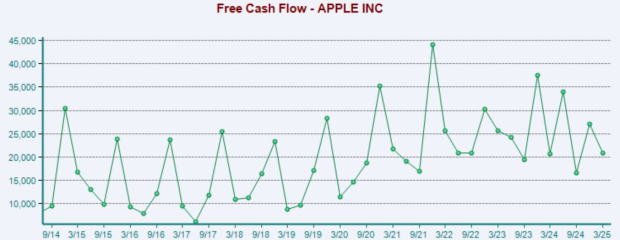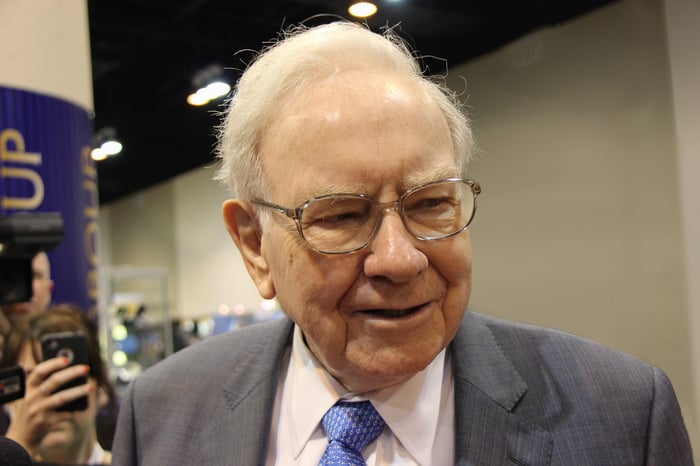Carnival Corp. Rallies Post-Pandemic: Is It Time to Invest?
It’s important to acknowledge resilience in the face of adversity. Carnival Corp. (NYSE: CCL), a leading cruise line company, faced significant challenges during the COVID-19 pandemic, with lockdowns crippling its operations and leading to major financial strain.
However, Carnival has weathered the storm. The company reported record revenues in the first quarter of 2025, indicating a robust recovery trajectory that could propel growth in the years to come.
Strong Recovery and Continued Growth
Not only has Carnival emerged from the crisis, but the company is also thriving. Increased consumer spending on vacations has fueled impressive performance, as highlighted by its record revenue and customer deposits for Q1 2025, suggesting sustained momentum.

Image source: Getty Images.
Carnival is also making strides to alleviate concerns over its heavily indebted balance sheet. The company has successfully reduced its long-term debt from $35 billion in 2023 to around $27 billion today.
To further manage its financial obligations, Carnival is refinancing its debt to lower interest expenses. Despite higher interest rates now compared to past years, the company is still benefiting from lower rates secured during the pandemic, leading to an estimated $100 million reduction in anticipated interest expenses for 2025.
Assessing the Stock’s Performance and Future Potential
The stock has surged over 50% in the past year, but it’s still trading nearly 70% below its all-time high. Questions arise whether it can maintain its upward trajectory. Factors such as share dilution and debt issuance during the pandemic complicate the picture, as Carnival’s enterprise value remains close to historical highs.
While the stock’s returns may not sustain their current pace, analysts predict Carnival can still show favorable performance over the next three years. In 2024, the company reported strong earnings of $1.44 per share. Currently, Carnival’s price-to-earnings (P/E) ratio stands at 16, considerably lower than the S&P 500, which can be justified by the company’s debt and capital-intensive operations.
Projections indicate that Carnival might earn $1.86 per share this year, $2.14 in 2026, and $2.93 in 2027. If the stock keeps its P/E ratio, shares could potentially reach around $47 in three years—effectively doubling from their current valuation.
Risks to Consider
While Carnival is currently performing well, potential pitfalls remain. As an operator of discretionary products, any economic downturn could limit consumer spending on vacations. This vulnerability is underscored by current macroeconomic conditions:
- Consumer sentiment is near historic lows.
- Household credit card debt is at an all-time high.
- Federal student loan payments are resuming post-COVID freeze.
The combined effect of these factors poses risks for Carnival’s future performance. The company’s progress could be jeopardized if demand for vacations dwindles.
Carnival’s turnaround since the pandemic has been impressive, and there is potential for the stock to appreciate if the business maintains its momentum. Nevertheless, investors should view Carnival as a high-risk stock and weigh this appropriately when considering share purchases.
Should You Invest $1,000 in Carnival Corp. Now?
Before making a decision on investing in Carnival Corp., it’s worth noting that some financial advisories have highlighted other investment opportunities. These recommendations could yield significant returns.
While Carnival’s recovery is noteworthy, prudent investors may want to explore multiple options before committing funds.
Justin Pope has no position in any stocks mentioned. Carnival Corp. is recommended by various financial analysts, who advise cautious consideration of market dynamics.
The views and opinions expressed in this article are those of the author and do not necessarily reflect the views of Nasdaq, Inc.






